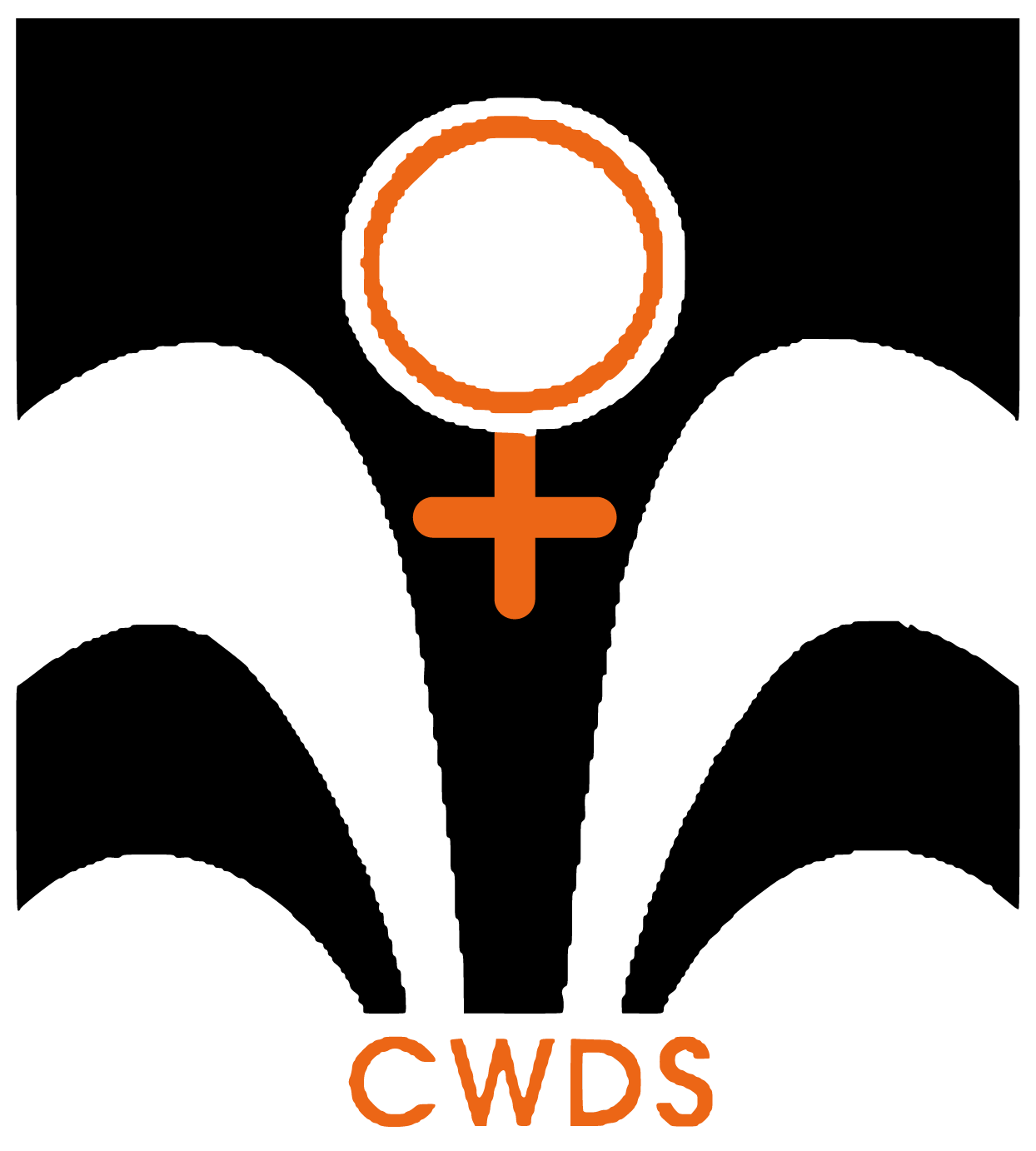- Understanding Women's Health Issues1998
The Maharashtra government introduced a much-awaited and talked about bill in the state assembly: the Maharashtra Regulation of the Use of Pre-natal Diagnostic Techniques Act, 1988.
- The Journal of Family Welfare1998
India is a signatory to the Alma Ata declaration and has committed herself to achieving "Health for All by the Year 2000". Since then, a lot of planning, effort and public expenditure has been devoted to improving the health of the people both in rural and urban areas of the country.
- IASSI Quarterly1997
Acceptance and sustained use of family planning especially of modern spacing methods have generally been low in developing countries particularly in India. The use rate for modern spacing methods was only 6 per cent among the eligible couples in India in 1992 (IIPS, 1995).
- The Journal of Family Welfare1997
In recent years, there has been increased recognition of the scope and significance of gynaecological problems experienced by poor women in developing countries.
- Kali for Women1996
Sexual abuse of children is an issue shrouded in ignorance and denial in our country. One of the chief reasons for this conspiracy of silence is the high value, almost idealization, of the family.
- The Lawyers1995
A society is judged by the way it treats its women and children. So is a judicial system. Nothing is more horrifying than the sexual abuse of a child: nothing more reprehensible than a judicial system that subsequently victimises the victim, police behaviour that adds terror to agony.
